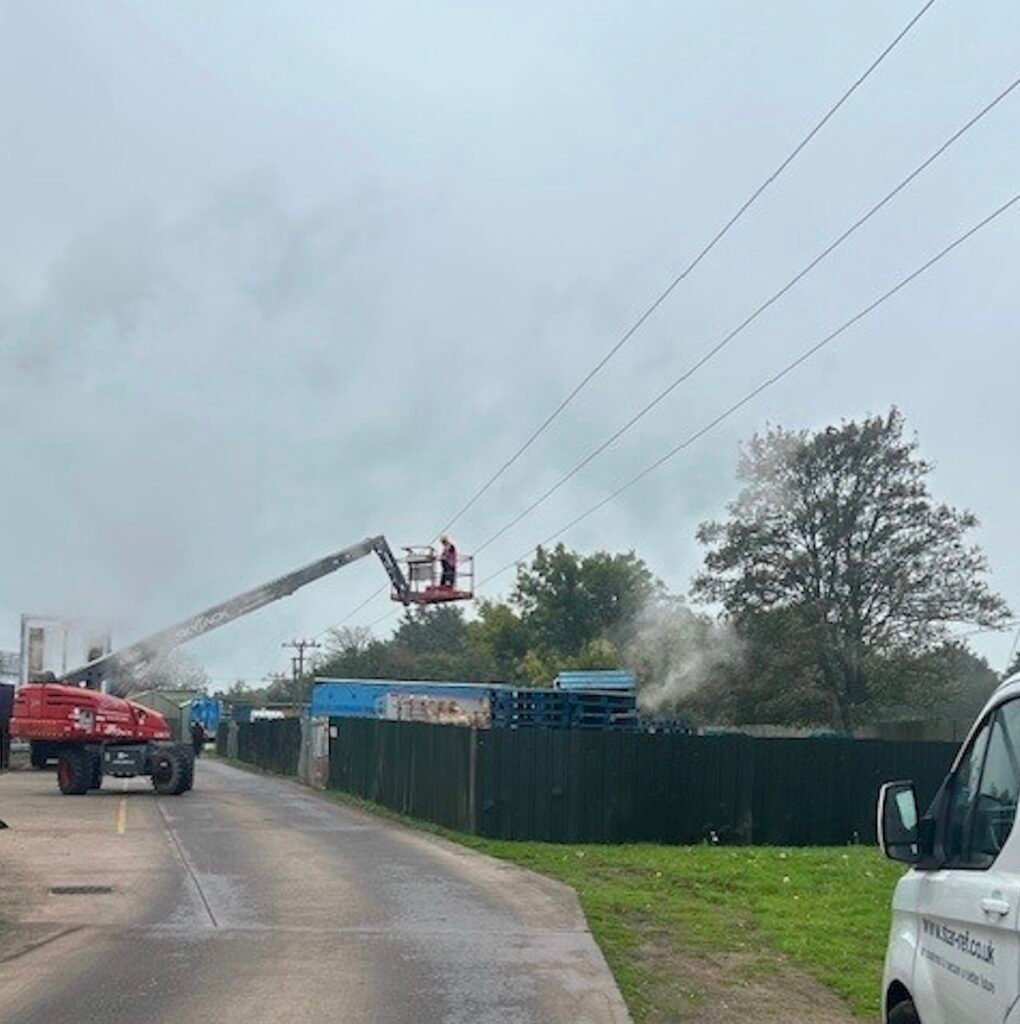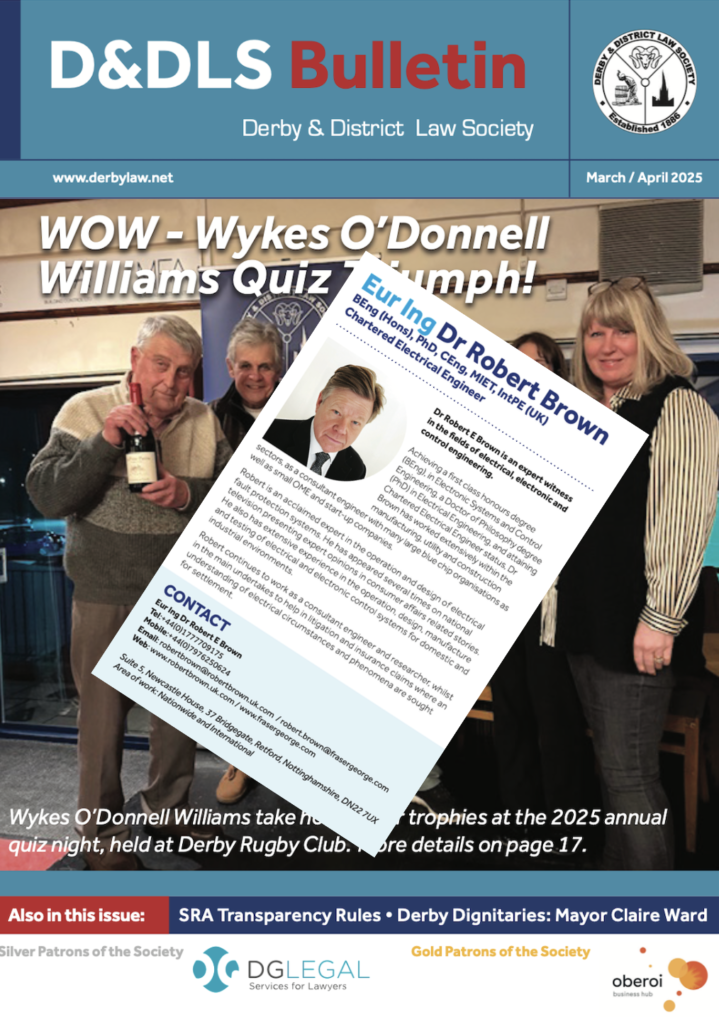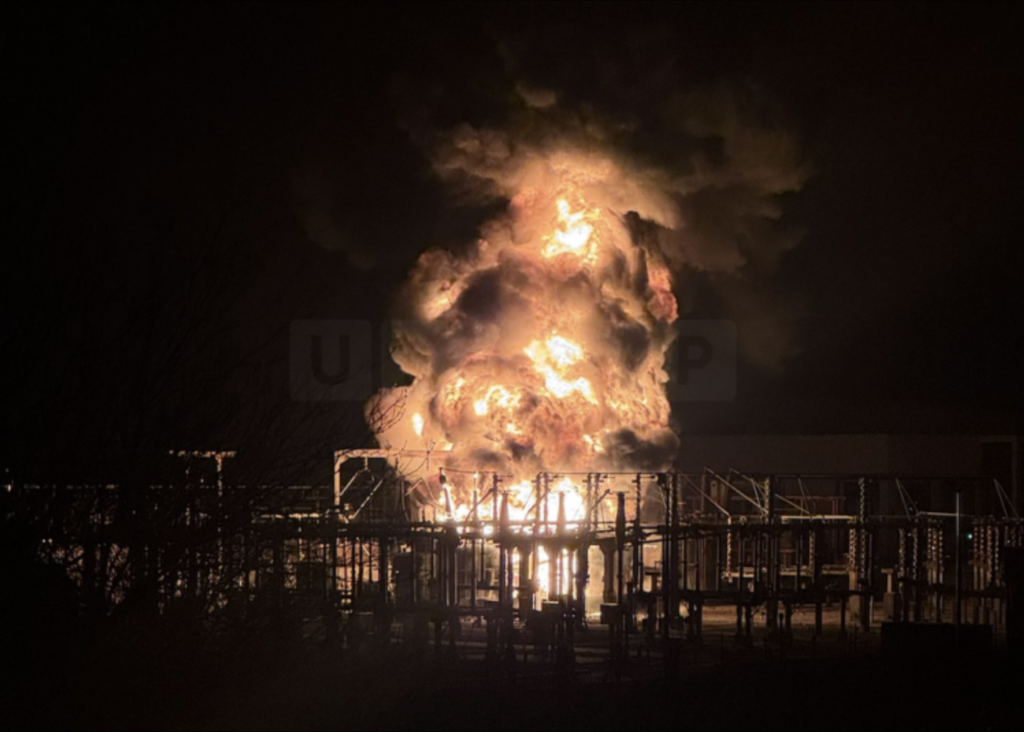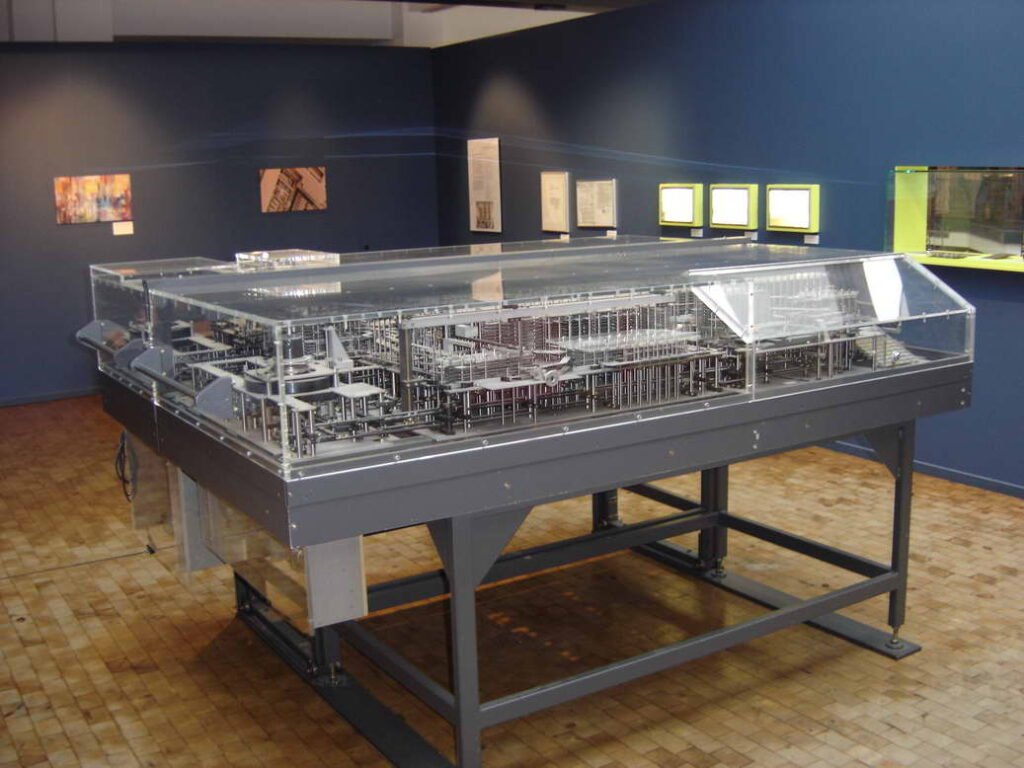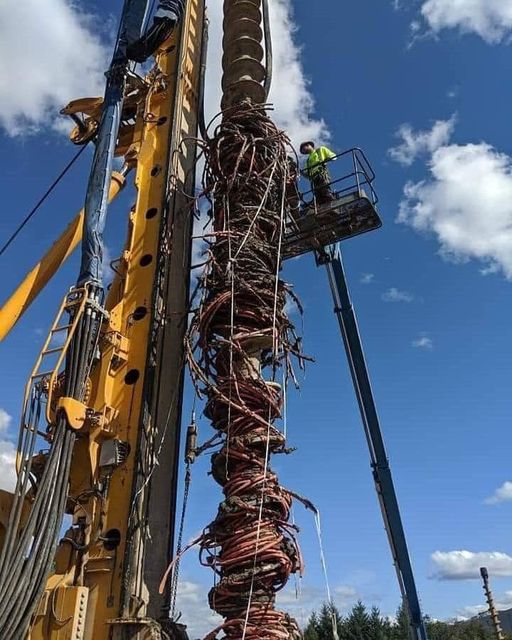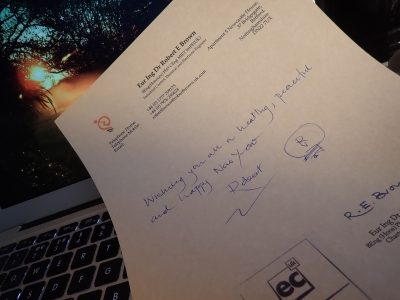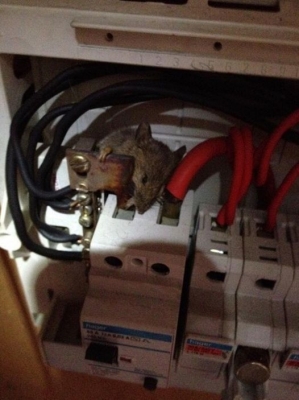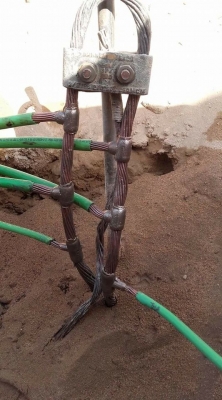Expert Witness Electrical? Electrical dispute? Do you require the services of an experienced electrical engineer expert witness? CPR 35 expert report? Contact Fraser George !!
Catastrophic failure of a Uninterruptible Power Supply (UPS)
In the past week Dr Brown has been reviewing circumstances surrounding an incident which occurred within the operational system of Heat Recovery Steam Generator located on a construction site in Uruguay South America.
The incident focused on two (2) uninterruptible power supply (UPS) inverter panels and seventy four (74) electrical relays, which were severely damaged by some phenomena thought to be accountable to a ‘short circuit’ within a UPS, which provoked further damage to electronic switching units (IGBT’s) of the UPS and electrical relays configured downstream of the UPS.
An uninterruptible power supply or uninterruptible power source (UPS) is an electrical apparatus that provides emergency power to a load when the input power source or mains power fails. A UPS differs from an auxiliary or emergency power system or standby generator in that it will provide near-instantaneous protection from input power interruptions, by supplying energy stored in batteries, supercapacitors, or flywheels. The on-battery run-time of most uninterruptible power sources is relatively short (only a few minutes) but sufficient to start a standby power source or properly shut down the protected equipment. It is a type of continual power system.
An electrical power inverter, or inverter, is an electronic device or circuitry that changes direct current (DC) to alternating current (AC). The input voltage, output voltage and frequency, and overall power handling depend on the design of the specific device or circuitry. The inverter does not produce any power; the power is provided by the DC source, i.e. a battery/ies. A power inverter can be entirely electronic or may be a combination of mechanical effects (such as a rotary apparatus) and electronic circuitry.
An electrical relay is an electrically operated switch. Many relays use an electromagnet to mechanically operate a switch, but other operating principles are also used, such as solid-state relays. Relays are used where it is necessary to control a circuit by a separate low-power signal, or where several circuits must be controlled by one signal.
With reference to a service report generated by the manufacturers of the UPS, they consider that the most likely phenomena to bring about the damage was due either to a smashed temperature sensor cable inside the UPS or that the UPS was heavily laden with dust, probably due to the location of the UPS when in operation i.e. a construction site. So to give insight to the most probable cause of failure of the UPS Dr Brown was asked to opine in respect of either scenario.
Dr Brown considered that, …
In terms of the damaged temperature cable, in an electrical sense the electrical signals conveyed by the cable would be of a very small magnitude and hence ‘electrically’ the sensor could not have provoked the conduction of a significant magnitude of electrical energy to cause the IGBT’s to ‘explode’ as observed.
The location of the temperature sensor was unclear within the UPS, yet it was expected that the function of the sensor was to monitor for overheating of the UPS core. In simple terms the temperature sensor would control the operation of a fan(s) for cooling purposes, i.e. when the temperature sensor measures a high temperature this is used to turn on a cooling fan. So in the case of the failure of the temperature sensor, it would be normal design practice that the system would be configured in a ‘fail safe manner’, i.e. if the temperature sensor fails the fan would continue to run.
However, it could be possible that if the temperature sensor had failed in a mode to switch the fan ‘off’ then if the IGBT’s within the UPS core could overheat with ensuing catastrophic destruction.
In the course of manufacture and design of the UPS, the IGBT’s would have been mounted on aluminium ‘finned’ heat sinks, to provide very effective cooling for the IGBT’s. If these heatsink’s were ‘clogged’ with dust and debris the efficacy of heat dissipation from the IGBT’s would be severely reduced and so the IGBT’s could overheat and fail in this scenario also
Of the two scenarios (being the damaged sensor or excessive dust), Dr. Brown considered it more likely that dust caused the fundamental malfunction of electronic controller boards which in turn provoked the controller to ‘drive’ the electronic switching elements IGBT’s to ‘over drive/stress’ causing eventual catastrophic failure.
So given the request for opinion of Dr. Brown was driven by an insurance company hoping fro guidance for culpability of damage given due consideration to all factors, Dr. Brown considered that the failure most likely point to poor maintenance of the UPS on site. In other words excessive levels of dust were allowed to build up within the UPS.
About Dr Robert Brown:
Eur Ing Dr Robert Brown (Robert) is the Executive Director of Fraser George and Associates Limited and is a Consultant and Forensic Engineer in the fields Electrical Electronic and Control Engineering.
Robert is an accomplished professional Electrical Expert Witness having prepared and presented many court compliant reports and presented oral evidence within the High Court, Crown Courts and County Courts.
Robert is a registered Chartered Electrical Engineer, specialising in the fields are control engineering, parameter data capture and accurate data ‘representation’. Robert graduated from Sheffield Hallam University with a first class honours degree in Electronic Systems and Control Engineering and followed this by completing doctorate research in Electrical Engineering, again at Sheffield Hallam University where Robert undertook research studies in the field of Disintegration and Arcing in Electrical Fuses. Robert is now considered to be a leading world expert in the field of electrical circuit protection systems, the phenomena of electrical fuse operation and the attributes of clearing ‘fault’ electrical current circumstances. Robert has published my pure and applied research studies in peer-refereed journals and at conference.
In his spare time Robert is a Formula 1 motor racing enthusiast and enjoys outdoor activities especially hill walking and scrambling, golf and fishing. Robert is a brass band enthusiast, a tuba player and band manager of Hatfield and Askern Colliery Band. When time allows Robert also enjoys travelling and reading any books associated with travel and popular science.
Robert’s Curriculum Vitae:
https://drive.google.com/file/d/1GihZlqFQgqj2GUvJ6Qyq8C0qUk_ex9K1/view?usp=sharing
Robert’s litigation specialisms:
https://drive.google.com/file/d/1j82-viH_6kWaegdLl_GRRAFcEaHUm0wM/view?usp=sharing
Robert’s case portfolio:
https://drive.google.com/file/d/1xec5cowOe184V7ejCXKtHn8ELGKE0e3d/view?usp=sharing
Robert’s notable cases:
https://drive.google.com/file/d/11VUNbJOadHKOyEoOfY8xTZaAokElJAdH/view?usp=sharing
For further information please contact Robert via;
Email,…robert.brown@frasergeorge.com or robertbrown@robertbrown.uk.com
Tel Land: +44 (0)1777 709175
Tel Mobile: +44 (0) 7976250624
https://www.facebook.com/Fraser.George.Electrical.Expert
https://www.facebook.com/EurIngDrRobertBrown
https://www.linkedin.com/in/consultantrobertbrown
https://www.linkedin.com/company/21539092
Websites: www.frasergeorge.com and www.robertbrown.uk.com
https://frasergeorge.com/contact-us/
#ElectricalExpertWitness, #ElectricalEngineerExpertWitness, #ExpertWitnessElectricalEngineer, #ElectricalExpert, #ElectronicExpertWitness ,#ElectronicExpert, #ElectricalShock, #ElectricalRegulations, #ElectricalStandards, #ElectricalConsultant, #ConsultantElectricalEngineer, #ConsultantEngineer, #ForensicEngineerElectrical, #ForensicElectricalEngineer, #ElectricalRegulationsExpert, #ElectricalStandardsExpert, #ExpertElectricalEngineer,




